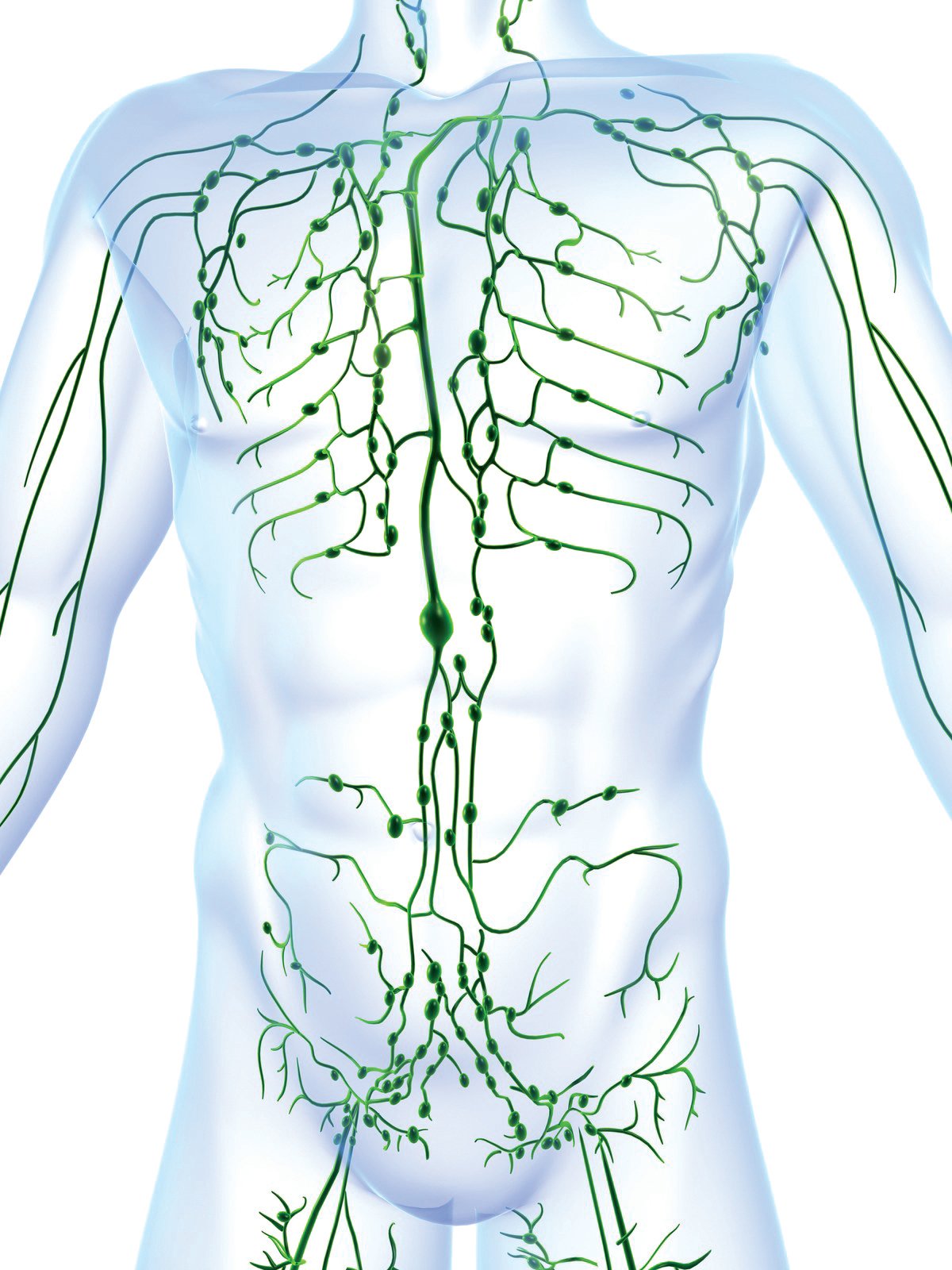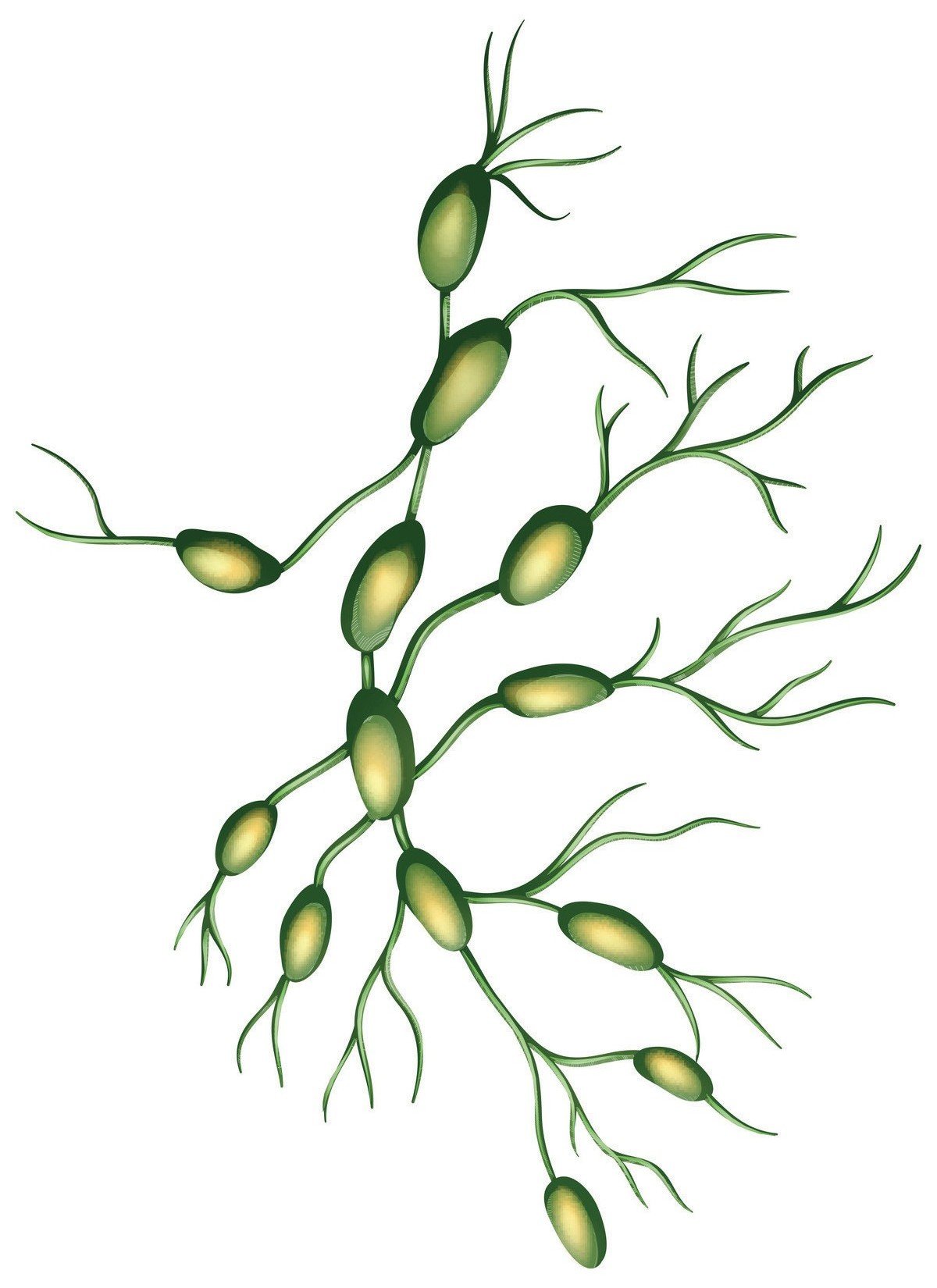What is the lymphatic system?
 The lymphatic system is part of your body’s circulatory and immune systems. It works alongside the blood system to keep your body healthy.
The lymphatic system is part of your body’s circulatory and immune systems. It works alongside the blood system to keep your body healthy.
Its main functions are to:
- Keep a healthy balance of fluid in the tissues
- Transport proteins and digested fats to provide your cells with nutrients
- Help fight infection by removing bacteria, viruses and other germs
What does it do?
It moves lymph fluid towards the heart through a network of lymph vessels and lymph nodes.
- Lymph fluid is a clear liquid made up of water, proteins and white blood cells that fight infection
- Lymph vessels transport and drain lymph fluid back to the blood system and the heart
- Lymph nodes filter out bacteria, viruses, other germs and waste, to keep you healthy
How many lymph nodes do I have?
There are hundreds of lymph nodes in your body. You have clusters of them in your neck, head, armpits, stomach and groin. When you’re fighting an infection, you may feel the lymph nodes swell up in your neck, jus t below your jawbone. The exact number, size and location of lymph nodes vary from person to person. This may be why one person develops lymphedema and another doesn’t, even if they both have similar risk factors.
t below your jawbone. The exact number, size and location of lymph nodes vary from person to person. This may be why one person develops lymphedema and another doesn’t, even if they both have similar risk factors.
What helps lymph flow?
Whereas blood is pumped around the body by the heart, lymph fluid moves in a different way. It moves slowly, in only one direction, through valves in the lymph vessels. Rather than being pushed along by a big pump like the heart, what helps lymph flow is:
- Moving your muscles
- Deep breathing
- A special kind of gentle massage called manual lymphatic drainage
What restricts lymph flow?
Lymph flow is restricted by your body’s natural bottlenecks, where it bends at your knee, ankle, armpit, elbow or groin. It is also restricted by tissue injury, where you have bruising, swelling or scarring.
We can’t change our bodies, but we can change our habits. To help your lymph flow, try to avoid:
- Sitting or standing for long periods
- Sitting cross-legged
- Being inactive
- Wearing clothing with heavy elastic (that leaves a mark) at your waist, ankles, wrists or another part of your body
- Carrying excess weight at your girth
What causes swelling?
Swelling can happen for many reasons, some relate to lymphedema but many do not, such as the early stages of venous disease. However, when the lymphatic system is faulty or damaged, the risk of swelling increases.
- When the lymphatic system is healthy, the lymph load is easily removed from the tissues. If your body moves the lymph load well, there is usually no tissue swelling.
- If your body is not able to move the lymph load well and there is a buildup of fluid, tissue swelling will occur.
When swelling occurs, the health of tissue and cells in that area gets worse, and the risk for infection increases. Early diagnosis and treatment by a trained and certified lymphedema therapist is the best way to manage lymphedema.
